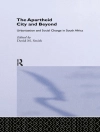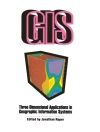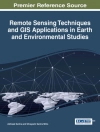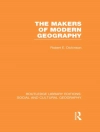This book addresses the role and importance of space in the respective fields of the social sciences and the humanities. It discusses how map representations and mapping processes can inform ongoing intellectual debates or open new avenues for scholarly inquiry within and across disciplines, including a wide array of significant developments in spatial processes, including the Internet, global positioning system (GPS), affordable digital photography and mobile technologies. Last but not least it reviews and assesses recent research challenges across disciplines that enhance our understanding of spatial processes and mapping at scales ranging from the molecular to the galactic.
Innehållsförteckning
What is where? The role of map representations and mapping practices in advancing scholarship.- Physical landscapes.- Making sense of cities: The role of maps in the past, present, and future of urban planning.- Ecology and space: A case study in mapping harmful invasive species.- Mapping the universe.- Mapping the human body: A GIS perspective.- The brain and its maps: An illustrative history.- Weather maps.- Mapping in public health.- Languages. Landscape: The thing about landscape’s nature: Is it a creature/monster of the map?.
Om författaren
Stanley D. Brunn is a Professor Emeritus of Geography at the University of Kentucky. He has taught at the University of Florida, Michigan State University and seventeen other countries around the world. His research interests primarily include the intersecting areas of the social, political and environmental, cyberspace and communications geography, innovative mapping and disciplinary history. He has traveled to nearly 90 countries, written more than 100 articles and chapters and authored or edited more than twenty books on a wide-ranging set of human geography topics. His current projects include writing a weekly poem.
Martin Dodge is a Senior Lecturer of Human Geography at the University of Manchester. He completed his Ph D at University College London and has previously worked at Cardiff University and the University of Nottingham. His intellectual interests focus on the social and spatial employment of digital technologies as well as research on urban historical geography, the politics of maps and visualization, and developing an understanding of infrastructures.












